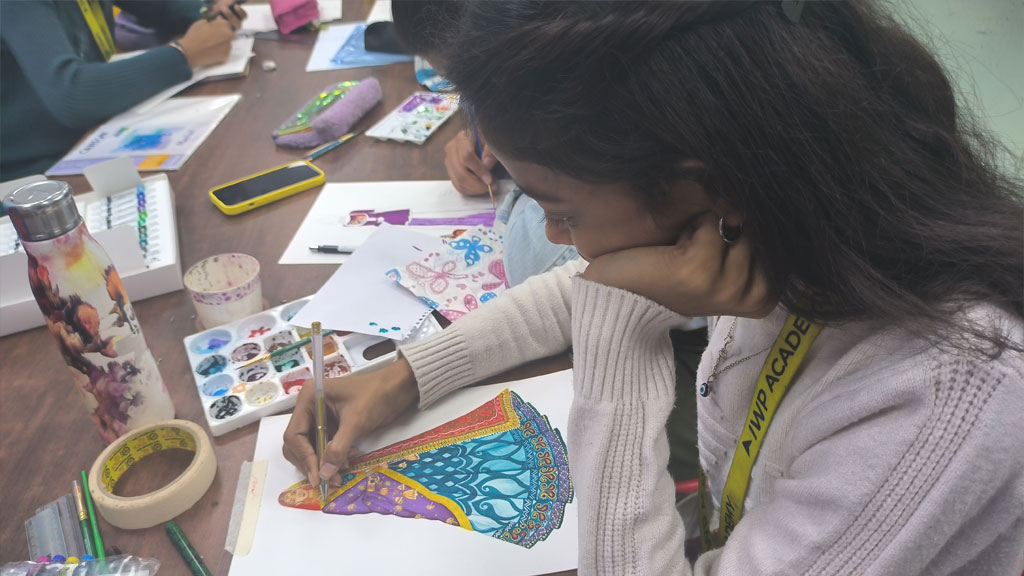Introduction: Fine Arts is not just a discipline; it’s a journey of self-expression, creativity, and exploration. If you find yourself captivated by the world of visual arts, from painting and sculpture to drawing and beyond, then a Fine Arts course might be your passage into a realm where imagination knows no bounds. Join us as we delve into the enriching journey of Fine Arts courses and discover how they unlock the potential for artistic expression and innovation.
- The Essence of Fine Arts Courses: Fine Arts courses are a celebration of creativity, encouraging individuals to express their thoughts, emotions, and perspectives through various artistic mediums. From the classical to the contemporary, students embark on a comprehensive exploration of the visual arts, honing their skills and developing a personal artistic language.
- Drawing and Sketching: The Foundation of Visual Expression: At the core of any Fine Arts course lies the mastery of drawing and sketching. These fundamental skills form the basis for all other visual art forms. Students learn to capture the essence of subjects, understand proportions, and convey their ideas through the strokes of a pencil or charcoal.
- Painting: A Symphony of Colors and Emotions: Painting is the vibrant heart of Fine Arts. Courses guide students through the techniques of working with various paint mediums, exploring color theory, and understanding the interplay of light and shadow. Whether it’s the timeless beauty of oil paintings or the immediacy of acrylics, students discover the expressive power of paint.
- Sculpture and 3D Art: Giving Form to Imagination: Fine Arts courses extend beyond two-dimensional surfaces, delving into the realm of sculpture and three-dimensional art. Students learn to work with different materials, from clay to metal, and bring their imaginative concepts to life in tangible, tactile forms. Sculpture adds a dynamic dimension to the artistic repertoire.
- Printmaking and Graphic Arts: Exploring Reproduction Techniques: Fine Arts courses often incorporate printmaking and graphic arts, introducing students to various reproduction techniques. From etching and lithography to digital design, these skills enable artists to create multiple copies of their work or experiment with diverse visual styles.
- Art History and Criticism: Nurturing a Contextual Understanding: An appreciation of the past enriches the present. Fine Arts courses typically include studies in art history and criticism, allowing students to understand the evolution of artistic movements, the significance of influential artists, and the broader cultural context that shapes artistic expression.
- Mixed Media and Contemporary Approaches: Breaking Boundaries: In the contemporary art landscape, artists often push boundaries by combining multiple mediums in their work. Fine Arts courses encourage experimentation with mixed media, enabling students to break away from traditional constraints and forge new paths in creative expression.
- Exhibitions and Portfolio Development: Sharing the Artistic Journey: To transition from the classroom to the art world, Fine Arts courses often include opportunities for exhibitions and portfolio development. These platforms allow students to showcase their evolving artistic style, connect with audiences, and prepare for a career in the competitive and dynamic field of visual arts.
Conclusion: Enrolling in a Fine Arts course is not just an educational pursuit; it’s an odyssey of self-discovery and creative exploration. From mastering foundational techniques to embracing contemporary approaches, Fine Arts courses provide the tools and inspiration needed to embark on a lifelong journey of artistic expression. If the canvas beckons and the allure of creation captivates your soul, consider immersing yourself in the world of Fine Arts courses and let your imagination soar.

